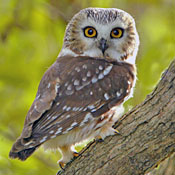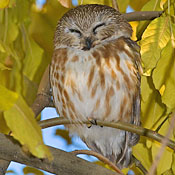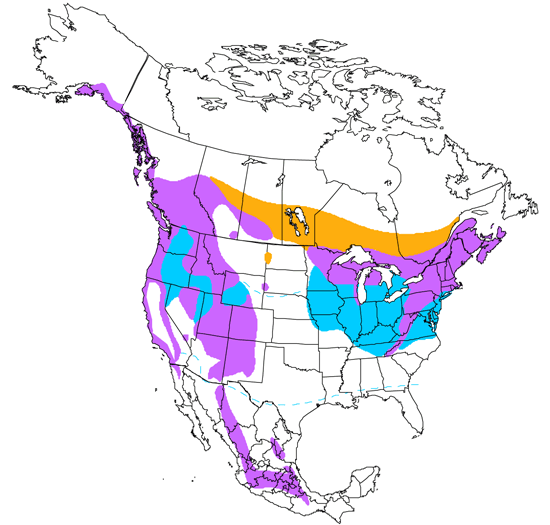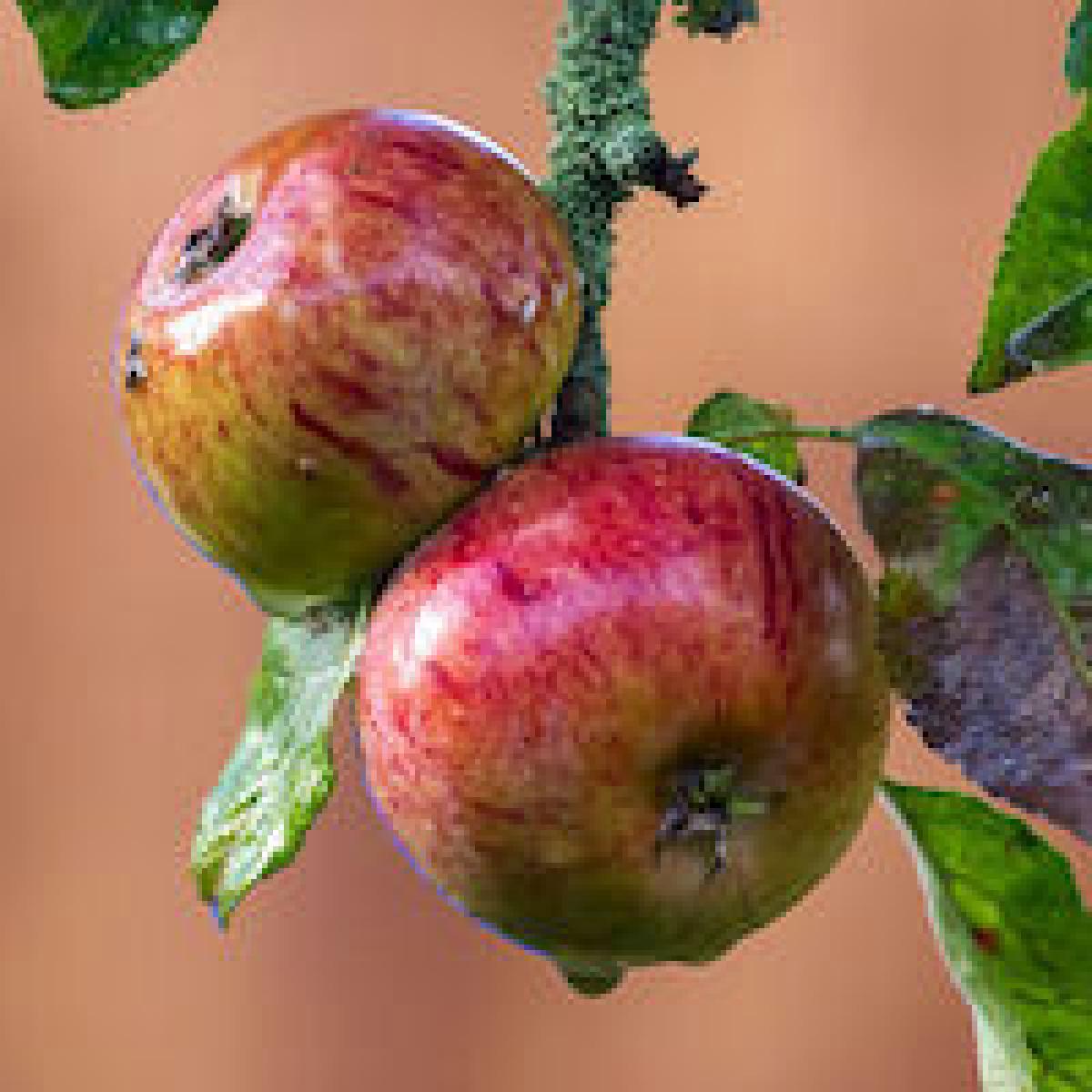Northern Saw-whet Owl
Aegolius acadicus

Owls

Length: 8 in. (20 cm )
A resident of dense evergreen or mixed evergreen-deciduous forests, usually at higher elevations in the west, this small owl is rarely seen even though it is often not uncommon. \r\nThey are most easily noticed during the spring breeding season when they call regularly at night. They eat mostly small mice and during the summer also large insects. The nest cavity is in abandoned woodpecker holes or natural cavities of trunks high above the ground. The cavity is also used throughout the year for roosting during the day time. Occasionally individuals will roost motionlessly on low open branches during the day where they can be approached closely.
The four-digit banding code is NSWO.
Bibliographic details:
- Article: Northern Saw-whet Owl
- Author(s): Dr. Biology
- Publisher: Arizona State University School of Life Sciences Ask A Biologist
- Site name: ASU - Ask A Biologist
- Date published: 13 Jul, 2017
- Date accessed: 11 August, 2025
- Link: https://askabiologist.asu.edu/activities/bird/northern-saw-whet-owl
APA Style
Dr. Biology. (Thu, 07/13/2017 - 15:37). Northern Saw-whet Owl. ASU - Ask A Biologist. Retrieved from https://askabiologist.asu.edu/activities/bird/northern-saw-whet-owl
Chicago Manual of Style
Dr. Biology. "Northern Saw-whet Owl". ASU - Ask A Biologist. 13 Jul 2017. https://askabiologist.asu.edu/activities/bird/northern-saw-whet-owl
MLA 2017 Style
Dr. Biology. "Northern Saw-whet Owl". ASU - Ask A Biologist. 13 Jul 2017. ASU - Ask A Biologist, Web. https://askabiologist.asu.edu/activities/bird/northern-saw-whet-owl
Be Part of
Ask A Biologist
By volunteering, or simply sending us feedback on the site. Scientists, teachers, writers, illustrators, and translators are all important to the program. If you are interested in helping with the website we have a Volunteers page to get the process started.







